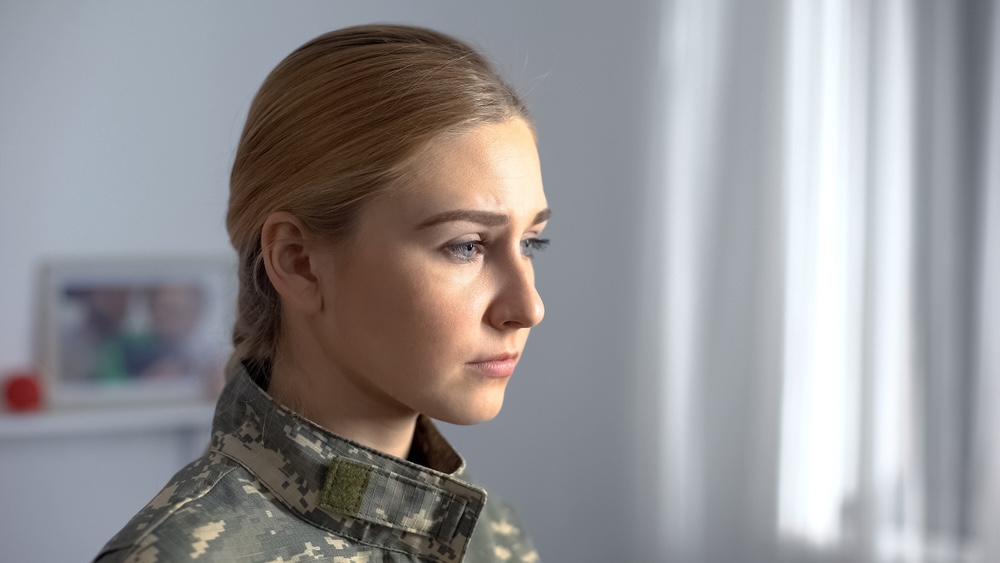Latest From Our Addiction Blog
Jun
21
2025
Finding help for addiction can feel overwhelming, especially for veterans. Maybe you’re one of those individuals who served your country but now find yourself struggling with addiction. You might wonder why it’s so hard to kick the habit on your own, or why regular treatment programs just don’t s...
Jun
12
2025
Kratom is a plant-based substance that has gained popularity for its stimulating and sedative effects. Many users rely on it for energy, pain relief, or dealing with mood disorders. But, like many other substances, kratom can lead to dependence over time, especially when used frequently or in hig...
May
20
2025
We’ve all had those moments when everything feels stuck, and nothing seems interesting. Maybe you’ve flipped through channels, scrolled on your phone, or just stared at the clock. That restless, dull feeling? It’s more than just a harmless state of mind. Boredom can make you feel disconnected and...

















